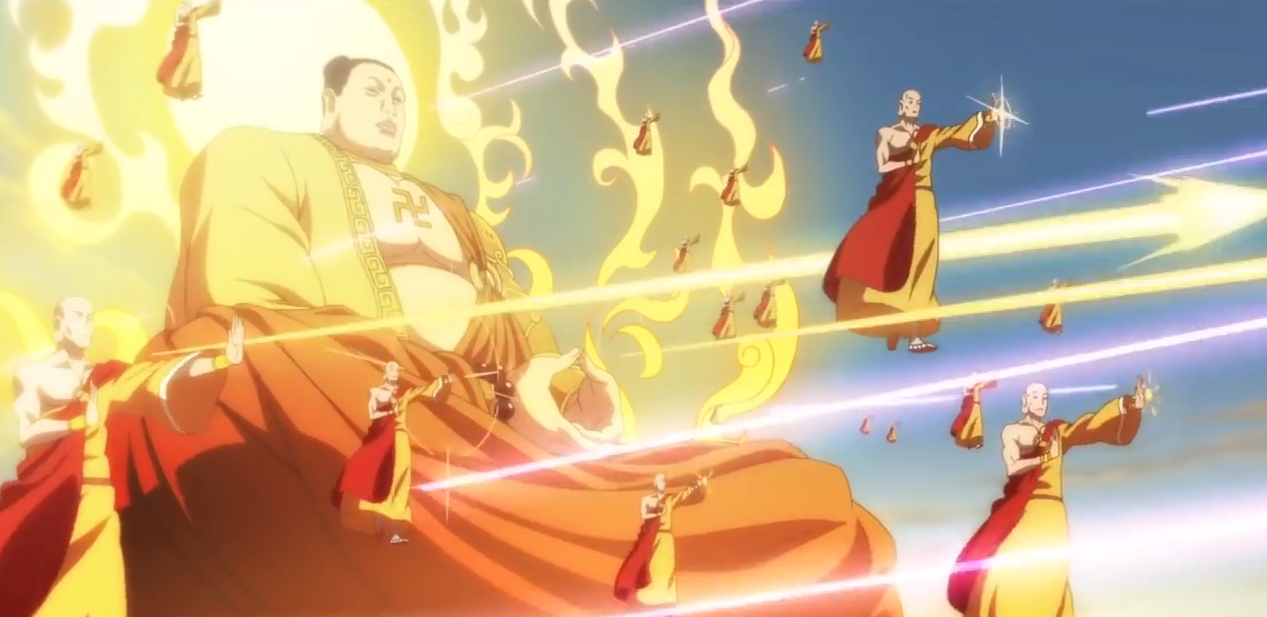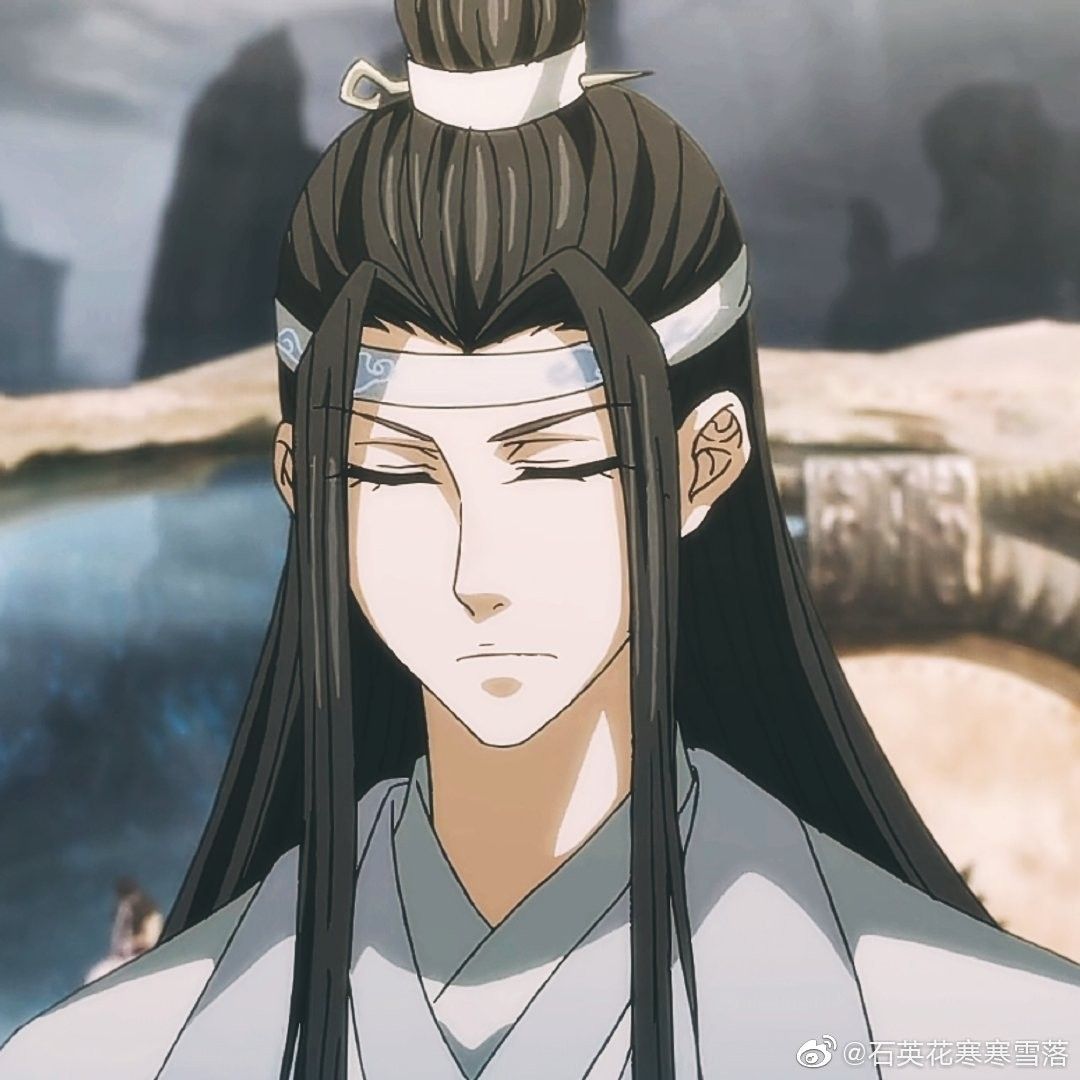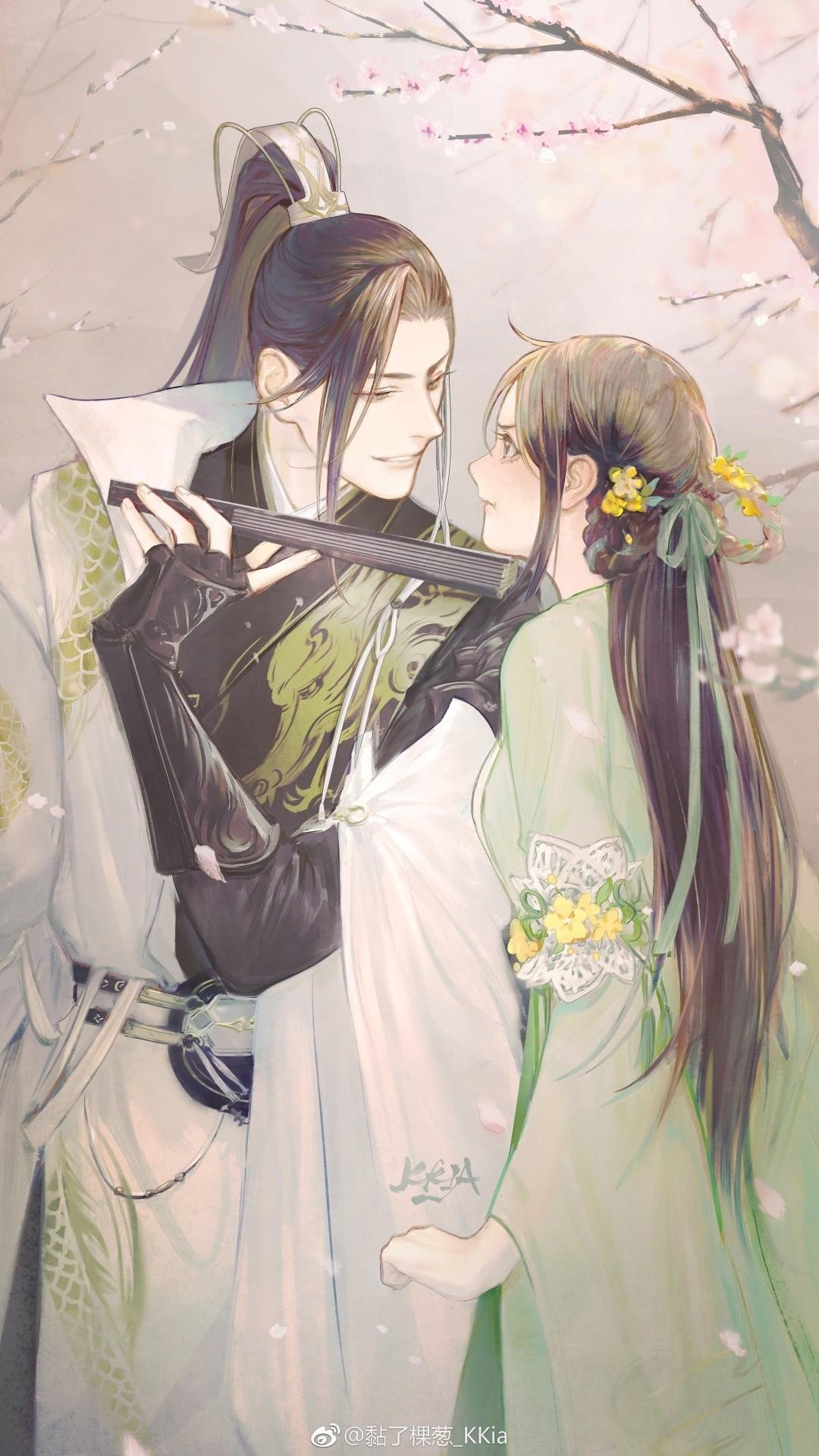Chinese Animation (Donghua)
Chinese animation, also known as Donghua, has a rich history and a rapidly growing presence in the global animation industry. With its unique art styles, compelling stories, and innovative techniques, Chinese animation is gaining recognition and popularity among audiences worldwide.
- Advertisement -
Origins and Development
The roots of Chinese animation can be traced back to the early 20th century when animators began experimenting with traditional Chinese art forms like shadow puppetry and ink wash painting to create animated films. During the 1950s and 1960s, China’s animation industry experienced significant growth, with the production of classic animated films such as “The Proud General” and “Nezha Conquers the Dragon King.”
Contemporary Chinese Animation
In recent years, Chinese animation has undergone a remarkable transformation. With the rise of digital technology, Chinese animators have embraced new tools and techniques to create visually stunning and technologically advanced animated works. This has resulted in a surge of critically acclaimed and commercially successful Chinese animated films, including “Big Fish & Begonia,” “White Snake,” and “Ne Zha.”
Unique Features
Chinese animation often incorporates elements of traditional Chinese culture, mythology, and art. This results in visually distinctive and culturally rich animated works that captivate audiences with their unique aesthetics. Additionally, Chinese animation studios are pushing the boundaries of storytelling by exploring diverse genres and tackling complex themes, making their films relevant and engaging to a global audience.
Global Recognition and Influence
Chinese animation is gaining international recognition and has become a significant player in the global animation market. Chinese animated films are regularly featured at international film festivals and have received numerous awards and accolades. Furthermore, Chinese animation has influenced and inspired animators worldwide, leading to collaborations and co-productions between Chinese and international studios.
Challenges and Opportunities
Despite its rapid growth and international success, the Chinese animation industry still faces challenges. These include a lack of funding, limited access to international markets, and competition from established animation powerhouses such as the United States and Japan. However, China’s growing economic strength, its vast domestic market, and the government’s support for the animation industry provide ample opportunities for future growth and success.
Conclusion
Chinese animation has come a long way from its humble beginnings. Its unique art styles, compelling stories, and innovative techniques have propelled it to the forefront of the global animation industry. With its rich cultural heritage and a rapidly growing domestic market, Chinese animation has the potential to continue captivating audiences worldwide and making a significant impact on the future of animation.








